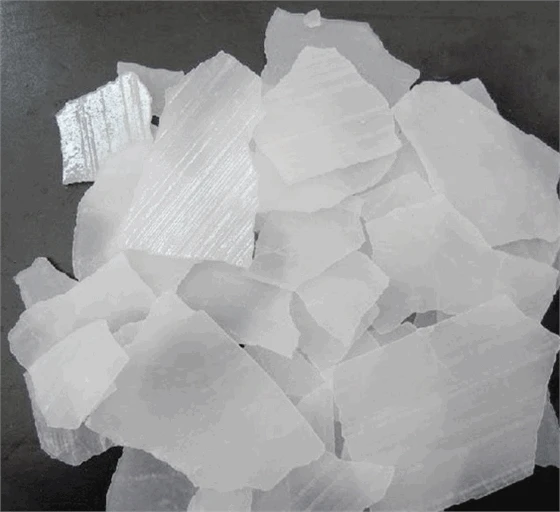



Chemicals Employed in Water Treatment for Cooling Towers
Chemicals Used in Cooling Tower Water Treatment
Cooling towers are essential components in many industrial and commercial processes, providing vital heat rejection for systems such as air conditioning, refrigeration, and various manufacturing processes. However, the water circulating within these systems can become contaminated with biological contaminants, scale-forming minerals, and corrosion products, which can significantly reduce the efficiency and lifespan of the cooling systems. Therefore, effective water treatment is critical, and a variety of chemicals are employed to ensure optimal performance in cooling tower applications.
Biocides
One of the primary concerns in cooling tower water is the growth of microorganisms, including bacteria, algae, and fungi. Notably, Legionella pneumophila, responsible for Legionnaires' disease, can thrive in these environments. To combat microbial growth, biocides are employed. Common biocides include
1. Chlorine This is one of the most commonly used biocides due to its effectiveness in killing a wide range of microorganisms. However, its application must be carefully controlled to avoid corrosion of metals within the cooling system.
2. Bromine An alternative to chlorine, bromine is often used in systems requiring less corrosive agents. It remains effective over a broader pH range and is less odorous.
3. Oxidizing Agents Chemicals such as hydrogen peroxide or ozone are increasingly popular for their effectiveness in treating biofilms and other microbial contaminants without the formation of harmful chloramines.
4. Non-Oxidizing Biocides These include compounds like isothiazolinones and quaternary ammonium compounds. They act by disrupting cellular functions and are often used in conjunction with oxidizing biocides to enhance the treatment regimen.
Scale Inhibitors
Cooling towers often face issues related to scale formation, which occurs when dissolved minerals, such as calcium and magnesium, precipitate out of solution as the water evaporates. Scaling can significantly impede heat transfer efficiency and lead to increased energy consumption. Scale inhibitors are employed to prevent this buildup. Common scale inhibitors include
1. Phosphonates These organic compounds effectively sequester calcium and prevent scaling by interfering with the crystal growth process.
chemicals used in cooling tower water treatment

3. Carboxylic Acids Suitable for various application conditions, these chemicals help keep calcium in solution and prevent its precipitation.
Corrosion Inhibitors
Corrosion is another significant challenge in cooling tower systems, as it can lead to equipment failure and unplanned maintenance costs. Corrosion inhibitors are crucial for protecting the metal components of cooling systems. Common types include
1. Cathodic Inhibitors These chemicals function by reducing the electrochemical reactions at the cathode, thus preventing corrosion. Examples include sodium nitrite and sodium molybdate.
2. Anodic Inhibitors These protect the anodic areas by forming a passivating film on metal surfaces. Typical examples are phosphates and silicates.
3. Organic Inhibitors Compounds such as azoles provide a protective barrier and are particularly effective in acidic conditions.
pH Control Agents
Maintaining the appropriate pH level in cooling tower water is essential to optimize the effectiveness of other treatment chemicals and minimize corrosive effects on metals. pH control agents are used to adjust the acidity or alkalinity of the water. Sodium hydroxide and sulfuric acid are commonly used for this purpose, ensuring that the pH remains within the optimal range, typically between 6.5 and 8.5.
Conclusion
The treatment of cooling tower water is critical for maintaining system efficiency, safety, and longevity. The effective use of various chemicals—biocides, scale inhibitors, corrosion inhibitors, and pH control agents—ensures that cooling towers operate effectively and reduces maintenance costs. Regular monitoring and adjustments are necessary to adapt to changing water conditions and contaminants, ensuring that cooling systems continue to function at peak performance while minimizing environmental impacts. As technology and regulations evolve, the selection and application of these treatment chemicals will also adapt, promoting sustainability within industrial and commercial processes.
-
Why Sodium Persulfate Is Everywhere NowNewsJul.07,2025
-
Why Polyacrylamide Is in High DemandNewsJul.07,2025
-
Understanding Paint Chemicals and Their ApplicationsNewsJul.07,2025
-
Smart Use Of Mining ChemicalsNewsJul.07,2025
-
Practical Uses of Potassium MonopersulfateNewsJul.07,2025
-
Agrochemicals In Real FarmingNewsJul.07,2025
-
Sodium Chlorite Hot UsesNewsJul.01,2025










